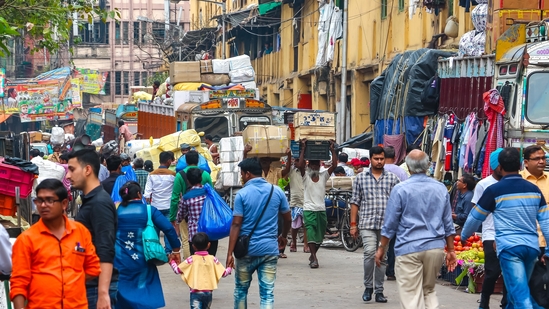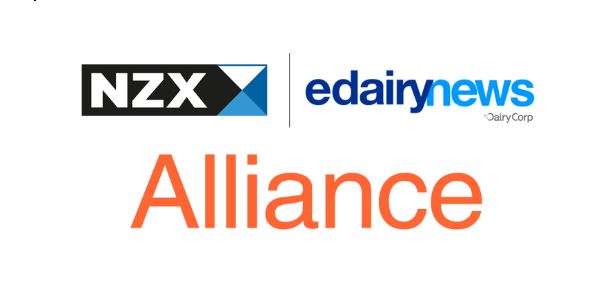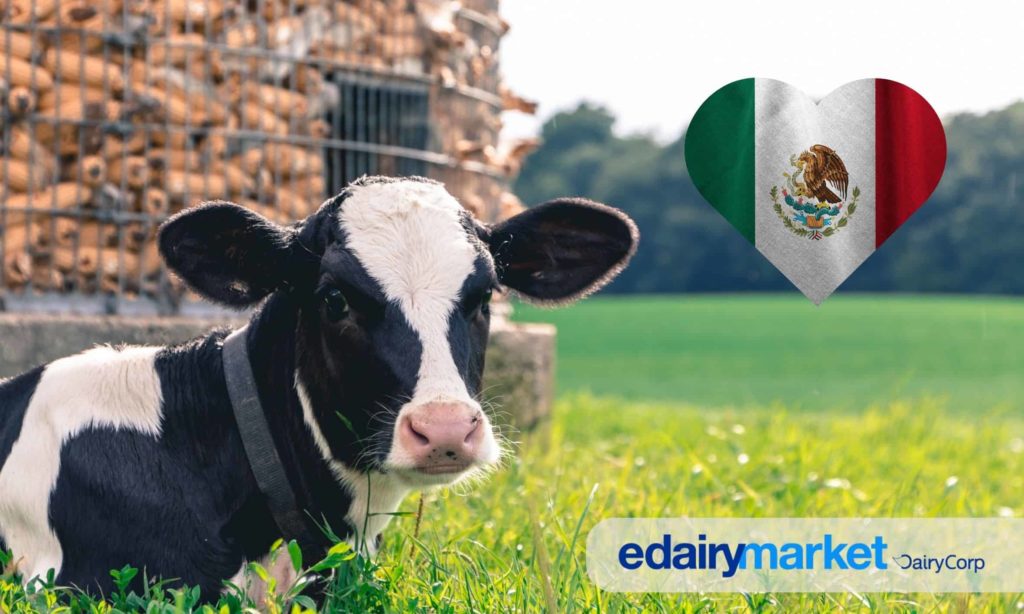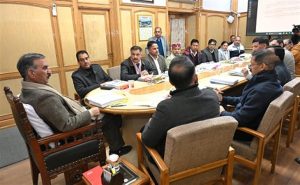
The US seeks preferential access for farm goods in a trade deal with India, while India insists on fair treatment for its developing economy.
The US wants India to give preferential access to American farm goods on the principle of “reciprocity” in an early harvest deal under a comprehensive bilateral trade agreement, while New Delhi seeks “fair and equitable” treatment factoring India’s relative development stage, according to people in the know.
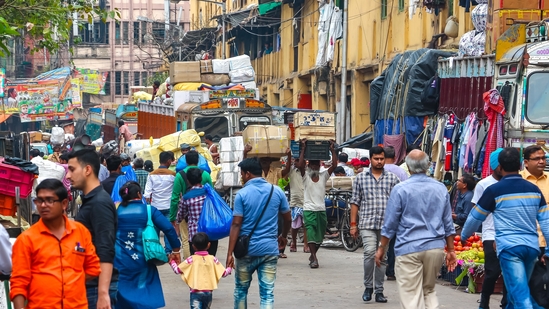
The US is keen to adopt a sectoral, broad-based, macro approach for resolving tariff and non-tariff issues pertaining to goods for expeditious resolution instead of negotiators picking individual products, which, the Americans feel, would be time-taking, the people said, requesting anonymity. The Indian side is, however, cautious that sectoral reduction of tariffs in one go could also involve certain sensitive areas crucial for subsistence of poor farmers or small industries, they said, adding that India is committed to protecting its subsistence farmers.
The US is keen to export farm items such as soybean, corns, almonds, cashews, walnuts, pistachios, meat, dairy products, fruits and vegetables. While Indian producers are well positioned to compete in some of these segments, adequate measures will be taken to shield poor farmers against American commercial farming and mechanised dairy, they said.
“The US also needs to understand religious sentiments attached to animals’ products in India. Milk and milk products derived from animals being fed non-vegetarian feed (a common thing in America) would offend religious sentiment of millions of Indians. Washington cannot simply dismiss this issue by terming it a non-tariff barrier,” one of them said.
India-US bilateral trade agreement (BTA) negotiations in the first tranche are expected to involve goods trade, the people mentioned above said. A “near consensus” is there between the two partners to negotiate tariff and non-tariff issues for goods first and then pick up other areas such as services, digital trade, mobility and investments subsequently in the spirit of the agreement envisaged by Prime Minister Narendra Modi and President Donald Trump, they said. On February 13, the two leaders resolved to boost bilateral trade from about $200 billion to $500 billion by 2030, dubbed as “Mission 500” through a BTA.
They said the first tranche of negotiations could see a significant tariff adjustment as Trump often referred to India as “tariff king” and imposed a 26% reciprocal tariff (including 10% baseline tariff) on Indian imports to America, but later suspended it for a three-month period (until July 9) pending trade negotiations. Although tariff structures in India are WTO-compliant, India’s average tariff rate is 17% compared to about 3.3% imposed by the US. In the agricultural sector, India’s average tariff is 39% compared to 5% by the US.
Bilateral reduction of tariffs and non-tariff barriers are on the cards keeping mutual benefits in mind on the principle of reciprocity. “India, however, wants to be treated equitable and not equal on trade matters. America has evolved as a developed country. India aspires to become a developed nation by 2047. Therefore, the principle of equity would not only help the two partners to have stable and strong bilateral economic ties, but also help Indian people to prosper, to become a vast market of 1.40 billion people to the US,” a third person said.
“BTA is just one of the many instruments to strengthen strategic ties between India and the US. A strong India, the largest democracy, would be a strength to the US, the oldest democracy, in many geo-political developments,” he said, citing the example of the India–Middle East–Europe Economic Corridor (IMEC).
President Donald Trump and Prime Minister Giorgia Meloni on April 17 agreed to work together to develop the IMEC, one of the biggest economic integration and connectivity projects of this century, connecting partners by ports, railways, and undersea cables and stimulating economic development and integration from India, to the Gulf to Israel, to Italy, and onward to the United States. IMEC was launched during India’s G20 presidency.
The latest developments came at a time when India and the US have finalised terms of reference (ToRs) for the BTA and India’s chief negotiator Rajesh Agrawal, along with his team, is expected to reach Washington on April 23 to start negotiations on goods. Meanwhile, Union finance minister Nirmala Sitharaman has already embarked on a 10-day visit to the US and Peru starting Sunday.
The people cited above said when she arrives in the US, Sitharaman is likely to meet senior Trump administration officials, including treasury secretary Scott Bessent and US trade representative Jamieson Greer. Agrawal’s three-day visit is “purely technical in nature” and aimed at resolving issues within the 90-day tariff pause period. The government on Friday elevated Agrawal’s position by designating him as the next commerce secretary from October 1, after the superannuation of incumbent Sunil Barthwal.
You can now read the most important #news on #eDairyNews #Whatsapp channels!!!
🇮🇳 eDairy News ÍNDIA: https://whatsapp.com/channel/0029VaPidCcGpLHImBQk6x1F
